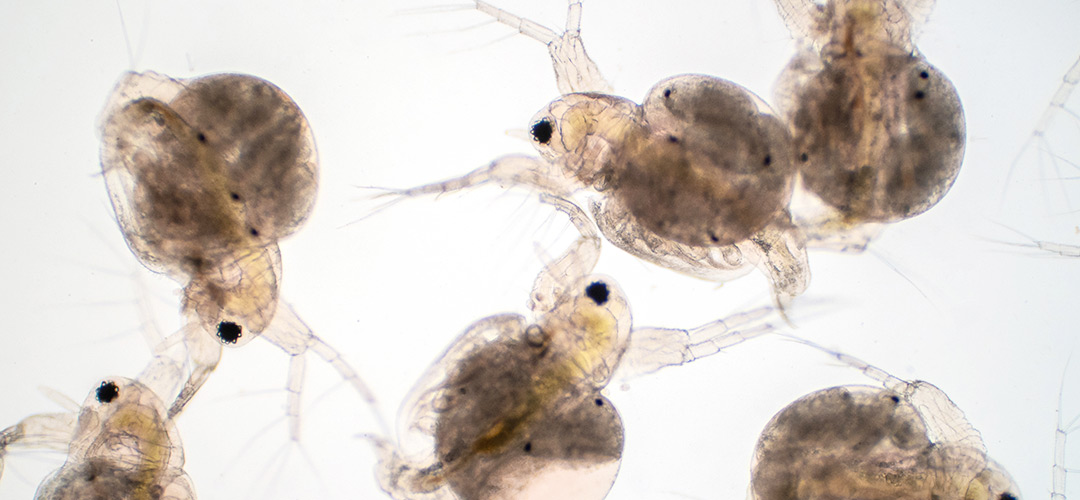When It Comes To Water, Toxicity Matters!
When it comes to wastewater treatment, it is critical to keep toxicity issues in mind. This is, after all water, and there is always someone downstream.
For the most part, biological wastewater treatment is “natural”, aerobically treating wastewater using naturally occurring microbes to consume the compounds that would cause environmental degradation and impact human health. In a wastewater plant, operators speed up the process and operate within a smaller footprint. We adjust the food to mass ratio, retention time, and sludge age to encourage the microbes that do the best jobs for us. We pay attention to alkalinity for nitrifiers and raise oxygen levels to achieve both BOD and ammonia reduction, then we lower dissolved oxygen to encourage denitrification. All these processes occur to some extent in nature.
Phosphorus removal chemicals can cause toxicity issues
Chemical addition to wastewater processes is different, and the toxicity of phosphate-reducing chemicals must be considered. This is especially true if you have struggled to consistently pass your toxicity testing. To evaluate toxicity in the aquatic ecosystem, the EPA established Whole Effluent Toxicity (WET) testing using indicator species, typically the Ceriodaphnia dubia (water flea) and the Pimephales promelas (fathead minnow), though other species can also be used. Utilities are required to conduct these tests on the effluent from their wastewater treatment plants as established in their NPDES permits. Toxicity tests evaluate not only mortality (how many of the indicator species die over the days of testing) but also impacts to growth and reproduction compared to a control.
In addition to reporting the effect on mortality and reproduction (which is reported on Daily Monitoring Reports), toxicity test results also report the IC25 and LC50. The IC25 is the concentration that causes a 25% reduction in reproduction (or inhibits growth), also called chronic toxicity. LC50, the concentration that kills 50% of the sample species, is known as the acute toxicity.
Neo WaterFX300 (formerly RE300) has lower toxicity, as measured by the LC50
Acute toxicity, the LC50, is a good indicator of relative toxicity. The table below provides the LC50 of aluminum chloride and aluminum sulfate with the two most common indicator species taken from EPA literature, as well as the LC50 for Neo WaterFX300 (formerly RE300) (rare earth coagulants).
Table 1: LC501 for Al and RE for Ceriodaphnia dubia and Pimephales promelas
| Coagulant | Ceriodaphnia dubia LC50 (mg/L) |
Pimephales promelas LC50 (mg/L) |
| Aluminum chloride2,3 | 1.9 | |
| Aluminum sulfate2 | >18.9 to > 49.8 | |
| Rare Earth (RE) | 9.2 | 107.3 |
1LC50 for Ceriodaphnia dubia is typically a 48-hour test, and for Pimephales promelas is a 96-hour test
2Ambient Aquatic Life Water Quality for Aluminum-1988, EPA-440/5-86-008
3LC50 reached <16 hours with aluminum chloride
As indicated, the concentration required for acute toxicity with rare earth coagulants used in Neo WaterFX300 (formerly RE300) is twice to almost five times greater than that for aluminum chloride or aluminum sulfate.
Less toxicity AND less in your effluent
But are these levels likely to occur in your effluent? For Neo WaterFX300 (formerly RE300), the answer is a resounding no. As discussed in previous articles, the dosage required to bind and precipitate phosphate with RE coagulants is a 1 to 1 molar ratio of RE to P to achieve even low levels of < 0.1 mg/L phosphorus in your effluent. The dosage required with aluminum can be several times that – as much as 4 to 1 molar ratio or even higher – of Al to P. What this means in terms of dosage is that a typical dose for Neo WaterFX300 (formerly RE300) is 1 gallon per every 30,000 to 100,000 gallons of wastewater, compared to one gallon of aluminum or ferric coagulant to every 2,000 to 15,000 gallons of wastewater. This means that the concentration added to the water is several times less for Neo WaterFX300 (formerly RE300) than for aluminum. And less in your water means less possibility of carryover in your effluent.
In addition, the precipitate formed by Neo WaterFX300 (formerly RE300) is dense, precipitating easily and completely, leaving your effluent sparkling clear, with no carryover in your effluent. Aluminum forms a lighter floc that does not settle as well, leaving more in your water column and increasing the probability that some will be carried out with your effluent.
Bottom line, plant operators can use the Neo WaterFX300 (formerly RE300) with full confidence that it will remove phosphorus efficiently and exit the plant in the biosolids, having no impact on your effluent toxicity testing. One of Neo’s clients, when faced with a permit change with a lower aluminum limit, made the switch to Neo WaterFX300 (formerly RE300), achieved better effluent quality and eliminated aluminum from the effluent.
If you have had toxicity failures, or worse, been put under a consent order and required to do persistence tests and TIEs, then you know what a headache tracking down the causes of toxicity can be. Wouldn’t it be powerful to rule out your phosphorus coagulant as a toxicity suspect from the beginning?
We can help. Contact us for a free consult and see if making the switch to Neo WaterFX300 (formerly RE300) is right for you: .
Signup for occasional email updates at https://neowatertreatment.com/contact/get-updates/.



